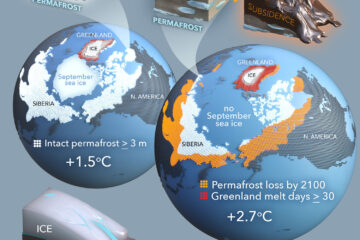Alterations in soil bacterial community in relation to Spartina alterniflora Loisel. invasion chronosequence in the eastern Chinese coastal wetlands
In order to better understand the variations in soil bacterial community and associated drivers following plant invasion, we investigated changes in soil bacterial community along with 9-, 13-, 20- and 23-year-old Spartina alterniflora Loisel. (SA) invasion in comparison with bare flat (BF) in the eastern Chinese coastal wetlands, based on analyses of quantitative polymerase chain reaction (qPCR) and Illumina MiSeq DNA sequencing of 16S rRNA gene. The SA invasion significantly elevated soil bacterial abundance and diversity relative to BF, with the highest levels in 9-year-old SA soil, which gradually decreased with SA invasion from 9 to 23 years. The abundance of copiotrophic Proteobacteria, β-proteobacteria, and Bacteroidetes generally diminished along with SA invasion chronosequence. While, changes in abundance of oligotrophic Chloroflexi, Acidobacteria, Nitrospirae and Planctomycetes exhibited opposite trends. Our data suggest that soil nutrient substrates, and physiochemical properties (soil pH and/or moisture) primarily drive the shifts in soil bacterial abundance, diversity, and community composition along with SA invasion chronosequence in the costal wetlands of eastern China. Overall, soil bacterial abundance and diversity peaked in 9-year-old SA community, with soil bacterial community composition changing from copiotrophic to oligotrophic groups along with SA invasion chronosequence.


